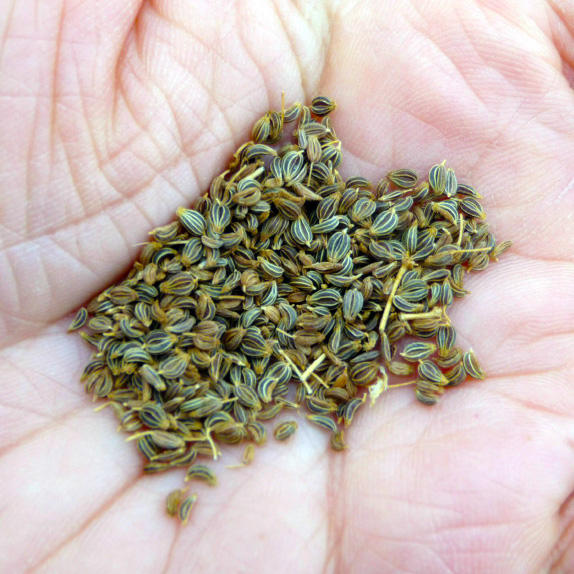
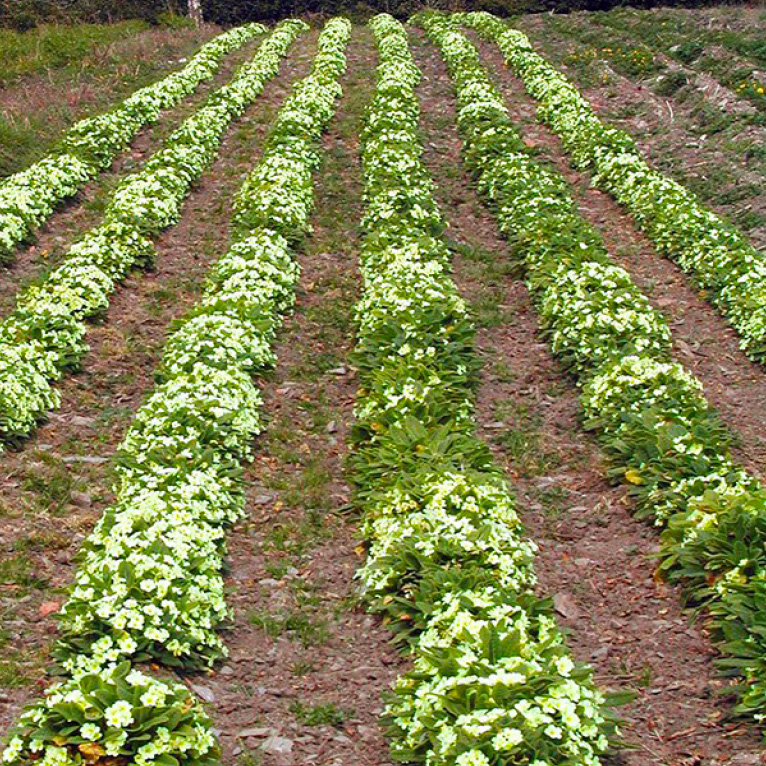
1. Growing our own seed crops
This is the way we produce most of our wildflowers. It’s similar to “row crop” vegetable production.
This method involves collecting our seeds from native Irish stock. We don’t grow rare or endangered species. Instead, we create conditions for such species to colonise and thrive.
We have developed our seed mixes since 1995 with advice from County Recorders, botanists, and various NGOs. This has entailed determining what species are native to Ireland and where to find them. We’ve also taken into consideration some other factors such as vigour and colour.
We’ve drawn on the pioneering work of ecologists Wells and Frost at Elm farm Research Centre who have investigated factors such as seed mixture composition. Many UK mixtures have around 80% grass content. We have found that the damper Irish climate tends to favour grasses. Consequently, our mixtures contain between 30% and 70% wildflower seed.
Our perennial and biennial wildflower seed is derived from native Irish stock and propagated using the method outlined below. These seeds are used to create our Bee mixture and our Ecological habitat mixtures for meadow, damp, woodland edge, and clay soils.
We collect seed from the wild with landowners’ permission following Kew protocols (Royal Botanic Gardens Kew, “A Field Manual for Seed Collectors”). Each collection is recorded by grid reference for traceability of origin.
We clean the collected seeds which are then sown in a peat free growing medium in standard seed trays. We don’t use herbicides or pesticides in the production process.
When these plants have grown sufficiently and have been hardened off they are field planted in short rows.
We harvest the next generation of seed – sometimes by hand – dry, and clean it.
In the following season we sow this seed on a field scale. Throughout this field stage we don’t use herbicides. Weed control is by mechanical or hand methods.
When the production crop has set seed (typically 1-3 years) we harvest it with a specially adapted plot combine.
The seed crop is dried to reduce its moisture content. (Moisture content is crucially important in determining how long seed will be viable.)
Finally, the seed is cleaned using various methods of separation – air, gravity, shape, length, width, weight. It is then ready to be blended into seed mixtures which are made up specifically to the customer’s requirements.
The multiplication processes outlined above can take from 3 to 6 years to complete.
There are only three species of colourful annual wildflowers native to Northern Ireland – Corn Marigold, Poppy and Scentless Mayweed. We source these from the native Irish wild stock and propagate them as outlined above.
Three other species of colourful annuals – Corn Cockle, Cornflower and Corn Chamomile – are now widely considered extinct in Ireland. We sourced seed for these species from Landlife Wild Flowers in Liverpool (hence of GB origin). We use these only in our Hi-Colour mixtures specifically developed for urban areas.
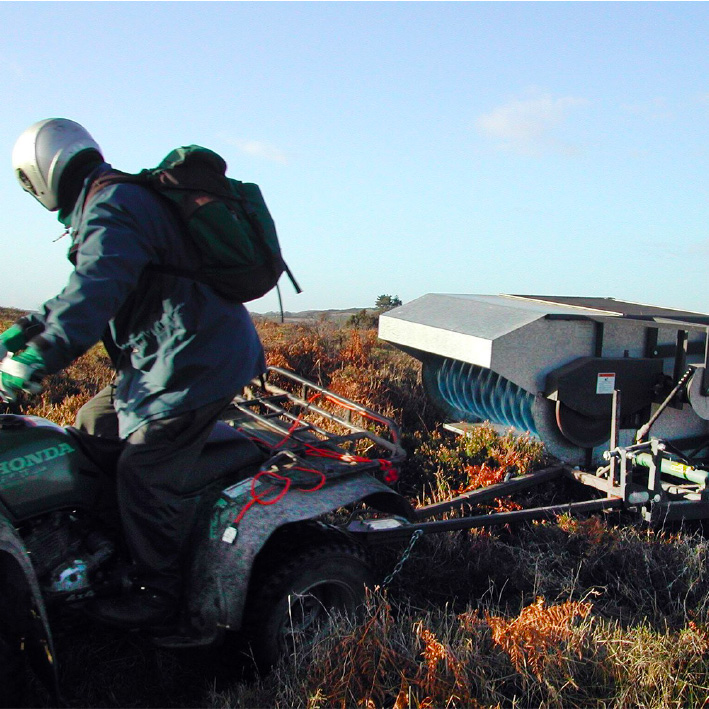
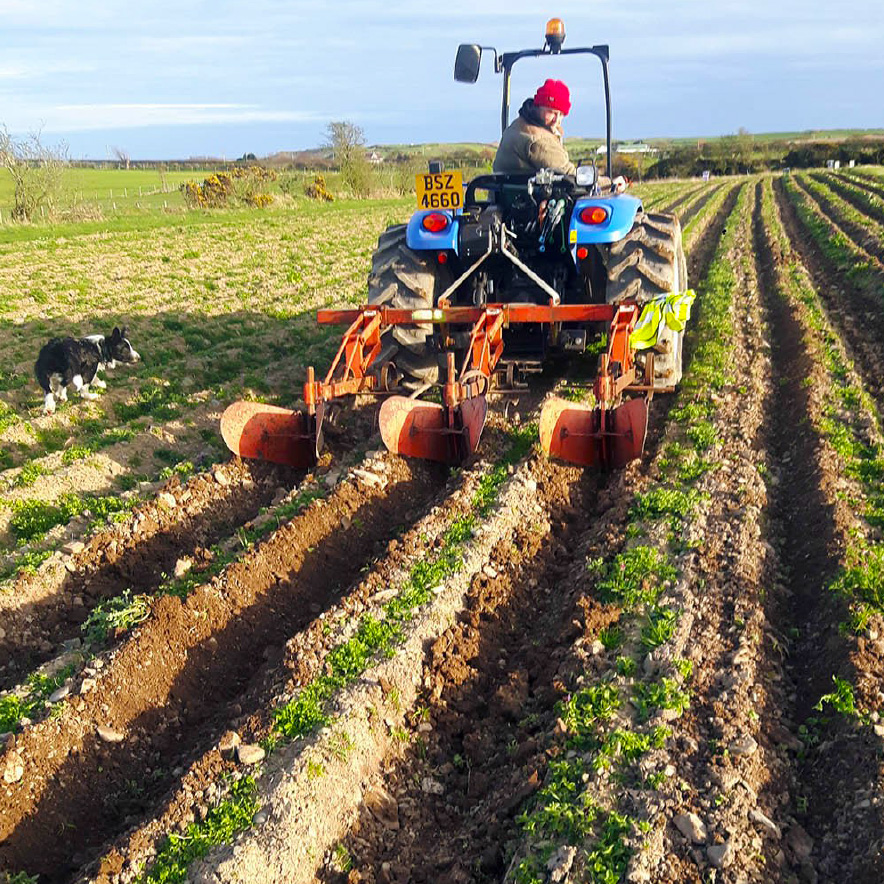
2. Collecting from donor sites
This method of obtaining native origin seed involves brush harvesting from existing old native origin hay meadows and other suitable habitats throughout Ireland.
We usually use this technique for more complex habitat restoration projects where local native origin seed is required.
We first used this technique in 1998 for a road scheme where all the seed had to be collected within a 30 mile radius of the project.
We always stress the importance of local seed because species have adapted over thousands of years to suit local climatic conditions and insect life cycles. (see Non-native wild flower seed and British floral biodiversity John Akeroyd Published by Plantlife – The Wild plant Conservation Charity © 1994).
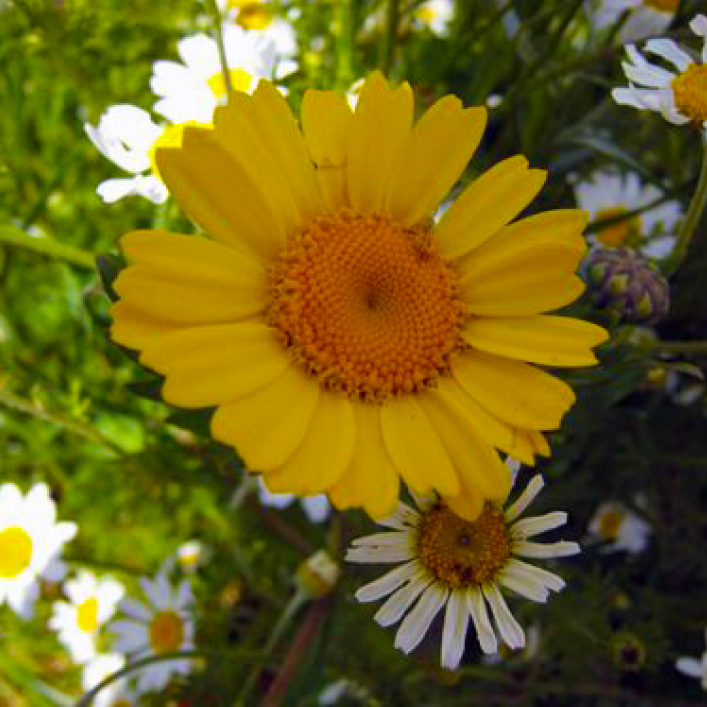
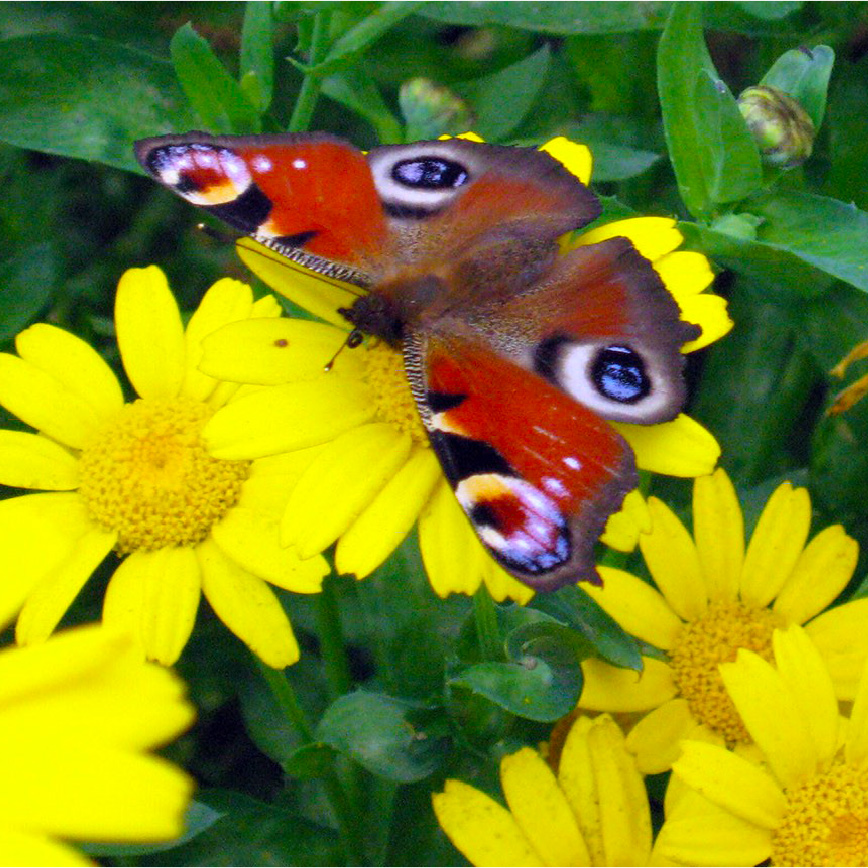
3. Bought-in seed
This group includes “fine leaved” grasses used to blend with wildflowers in some of our seed mixtures.
These species are “wind pollinated” hence they will have already cross-pollinated with other non-native species.
In circumstances where native origin grasses are required we would brush harvest from donor sites as described above.
The only other bought-in species we use are not native to Ireland and do not form part of the Irish gene pool.
These species are intended specifically for our Enhanced mixtures which are used in urban areas.
These are so called “cottage garden” species that are typically open pollinated and attractive to bees and butterflies.
They often flower earlier or later in the year than our native species.
These provide a food source for insects emerging from hibernation and in autumn to build up winter reserves.
We don’t import vigorous species that are likely to become invasive.




